India and the UAE Ink Historic Free Trade Pact to Strengthen Economic Ties
Come read our blog to learn more about India and the UAE's recent Comprehensive Economic Partnership Agreement (CEPA), which will help reduce tariffs while creating numerous jobs in a variety of sectors.
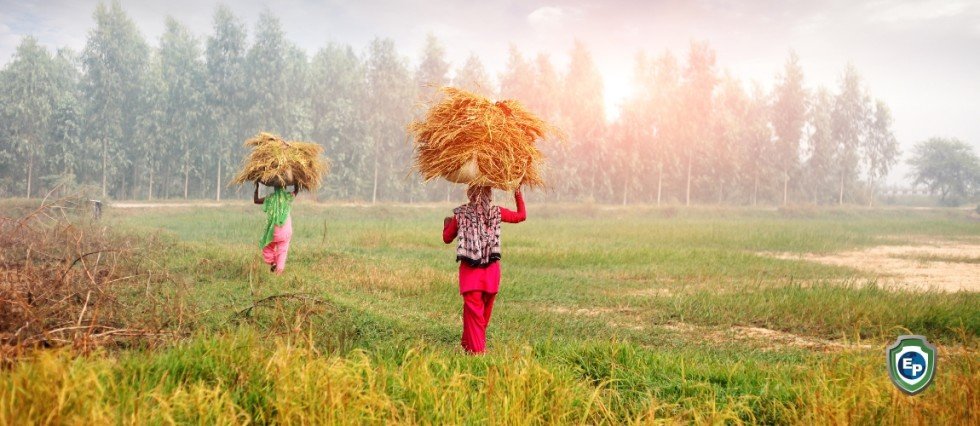
In a historic development, India and the UAE have signed a Comprehensive Economic Partnership Agreement (CEPA) to increase bilateral merchandise trade to $100 billion by 2030. The CEPA will not only strengthen the economic ties between the two nations but will also create at least 1 million jobs in gems and jewelry, textiles, leather, footwear, sports goods, engineering goods, automobiles, and pharmaceutical sectors.
The Agreement and the Trade
As per the agreement, the UAE will eliminate duties on 80% of its tariff lines, which account for 90% of India’s exports to the UAE. Over the next 5 to 10 years, zero-duty access for Indian products is expected to expand to 97% of UAE tariff lines, corresponding to 99% of India's exports by value. Currently, Indian textile and leather exports are subject to a 5% duty in the UAE, putting them at a competitive disadvantage in terms of import tariffs.
According to Apparel Export Promotion Council (AEPC) Chairman Narendra Goenka, “India supplies $1,515 million of apparel to the UAE, accounting for 43% of the country’s total imports. With CEPA being inked and import duty set to go, Indian apparels are going to enjoy a dominant position in the UAE market.”
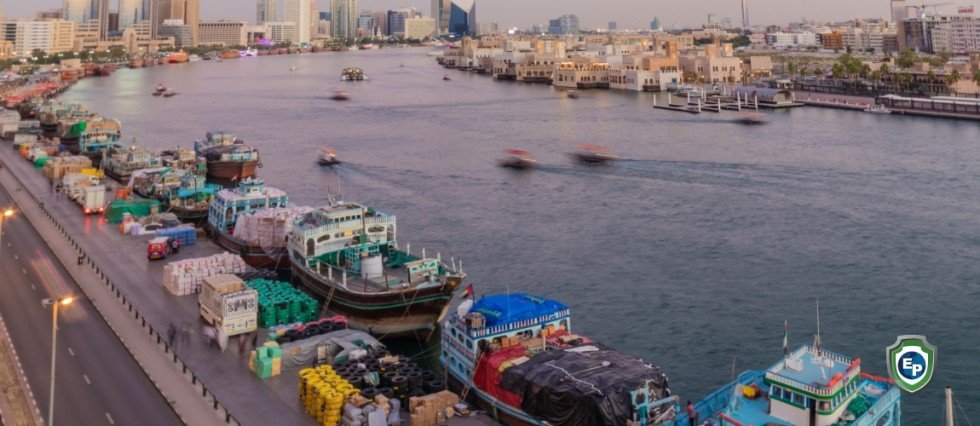
How Has India Reacted?
India has given duty concessions on gold exported from the UAE, while Indian exporters will attract 0% duty on jewelry. The Federation of Indian Export Organisations (FIEO) President A Sakthivel said the pact will be beneficial to Indian exports, particularly for the labor-intensive sectors like agriculture and processed food, including meat and marine products, gems and jewelry, apparel and textiles, leather, and footwear.
The UAE currently exports plastic raw materials worth $800 million to India. With the signing of the CEPA, this figure is set to jump many folds and two lakh jobs will be created in the sector. While Vikramjit Sahney, Chair, India-Arab Council, said the elimination and reduction of tariff would result in enhanced investment from the UAE in India, especially in health, infrastructure, and renewable energy, Sanjay Leekha, Chairman, Council for Leather Exports, believe the UAE is one of the key markets for the sector and the CEPA will help India get access to certain EU countries and Africa.
What Else Is There to Expect?
The agreement will also promote strategic partnerships in the energy sector. The UAE will collaborate with India on the development of strategic petroleum reserves, upstream and downstream petroleum sectors, and third-country collaboration.
One of the CEPA's key features is the inclusion of an e-commerce chapter, which India has been reluctant to discuss due to domestic trade concerns. The chapter on digital trade, according to Indian government officials, deals with paperless trading, consumer protection, unsolicited commercial electronic messages, personal data protection, cross-border information flow, and cooperation on digital products and electronic payments. Commerce Secretary BVR Subrahmanyam stated that regulatory bodies on both sides would meet on a regular basis to harmonize regulatory standards for managing digital trade between the two countries.
Learn More with Export Portal
Found this article useful? Come check out the rest of our blogs for more!
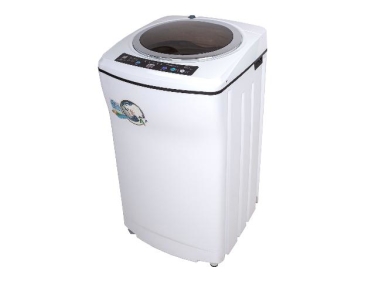
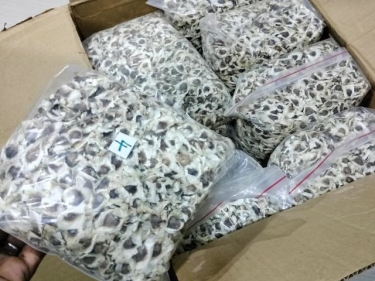

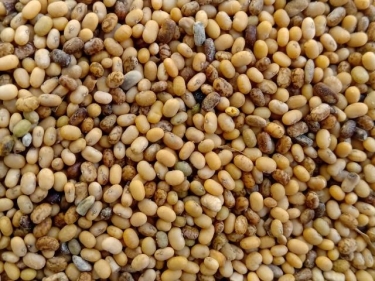



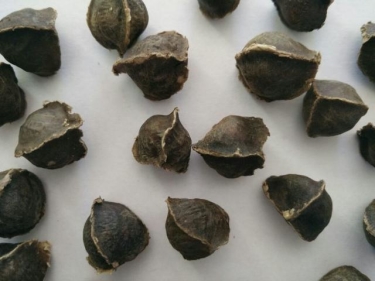

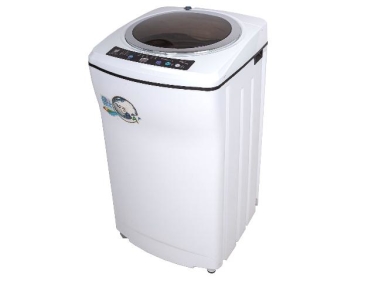

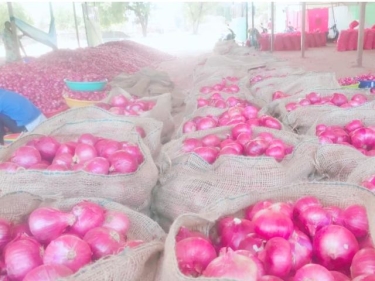






Comments 1